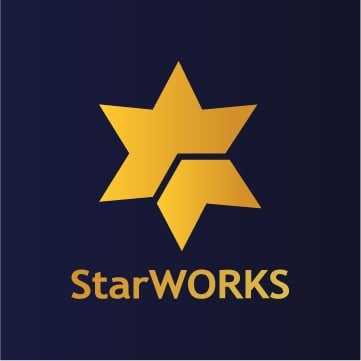Blockchain technology has revolutionized how we think about digital assets and decentralized systems. However, one challenge that has persisted is the lack of connectivity between different blockchain networks. Imagine if you could only use email to communicate with people who use the same service as you. It would be incredibly limiting, right?. Same with the lack of connectivity between different blockchains. This is where blockchain bridges and the concept of multichain systems come into play. They aim to break down these barriers and create a more interconnected blockchain ecosystem for users. Let’s dive into what these terms mean and how they work!
What Is a Blockchain Bridge?
A blockchain bridge acts as a link between multiple separate blockchain networks, allowing them to interact with each other. Think of it as a digital version of a physical bridge that connects multiple islands. Without this bridge, people on Island A, Island B, or even Island C wouldn’t be able to share resources or communicate effectively. In the blockchain world, these “islands” are different networks like Ethereum, Bitcoin, Binance Smart Chain, Solana, and more. Each network operates independently, often with its own set of rules, tokens, and technologies.
For example, assume you want to use Bitcoin (BTC) on the Ethereum network to access a decentralized finance (DeFi) application. Since Bitcoin and Ethereum are separate blockchains, this isn’t possible directly. A blockchain bridge makes it possible by converting your BTC into a wrapped version, such as Wrapped Bitcoin (WBTC), which can operate on the Ethereum network, or bridging your USDT from Ethereum to Solana.
Bridges come in two primary types:
- Trusted Bridges: These rely on a centralized entity to facilitate the transfer between blockchains. They’re faster but come with the risk of centralization.
- Trustless Bridges: These use smart contracts and algorithms to manage transfers, eliminating the need for a central authority. They align more closely with the decentralized ethos of blockchain technology.
What is multichain, and why is it important?
Multichain refers to an ecosystem where multiple blockchain networks are interconnected and can seamlessly interact. In a multichain world, users and developers are no longer limited to using just one blockchain for their needs. Instead, they can access the strengths of multiple blockchains simultaneously. For instance, one blockchain might excel at speed and low transaction fees (like Solana), while another might be known for its security and decentralization (like Ethereum). A multichain system allows developers to build applications that leverage the unique advantages of each blockchain. For users, this means more flexibility, lower costs, and better experiences. Here’s a simple analogy: Imagine the internet as a vast ecosystem of interconnected websites and services. You don’t have to stick to one site to get things done—you can shop on Amazon, stream on Netflix, and share photos on Instagram. Similarly, multichain aims to create a blockchain ecosystem where you’re not confined to a single network.
How Do Blockchain Bridges Enable Multichain Connectivity?
Blockchain bridges are the backbone of multichain systems. They facilitate the transfer of assets and data between blockchains, enabling interoperability. Here’s how they work in simple terms:
-
Lock and Mint: When you send a token from Blockchain A to Blockchain B, the bridge locks your token on Blockchain A and mints an equivalent token on Blockchain B. For example, if you send 1 ETH to a bridge to use it on the Binance Smart Chain, the bridge locks your ETH and mints 1 Binance-Pegged ETH (BETH) on the Binance Smart Chain.
- Burn and Release: When you want to move your token back to the original blockchain, the bridge burns the pegged token on Blockchain B and releases the original token on Blockchain A.
This process ensures that the total supply of the token remains consistent across networks, preventing duplication and maintaining value.
Benefits of Multichain Systems
Multichain systems bring several advantages to both users and developers:
- Flexibility: Users can interact with applications across multiple blockchains without being locked into one ecosystem.
- Cost Efficiency: By leveraging blockchains with lower transaction fees, users can save money while still accessing their desired services.
- Scalability: Multichain systems reduce congestion on any single blockchain, improving speed and efficiency.
- Innovation: Developers can create more powerful applications by combining the strengths of different blockchains.
Challenges and the Future of Multichain Systems
Despite their huge promises, multichain systems still face challenges:
- Security Risks: Blockchain bridges are often targeted by hackers, making robust security a priority.
- Complexity: Managing assets across multiple blockchains can be confusing for users.
- Standardization: There’s still no universal protocol for interoperability, which can create fragmentation.
However, as technology evolves, these challenges are being addressed. Projects like Polkadot, Cosmos, and Avalanche are leading the charge in building multichain solutions that are more secure, user-friendly, and efficient. In conclusion, blockchain bridges and multichain systems are crucial for the next phase of blockchain’s evolution. By connecting isolated networks and creating a unified ecosystem, they unlock new possibilities for innovation and collaboration. Whether you’re a beginner or an experienced crypto enthusiast, understanding these concepts is key to navigating the future of decentralized technology.




